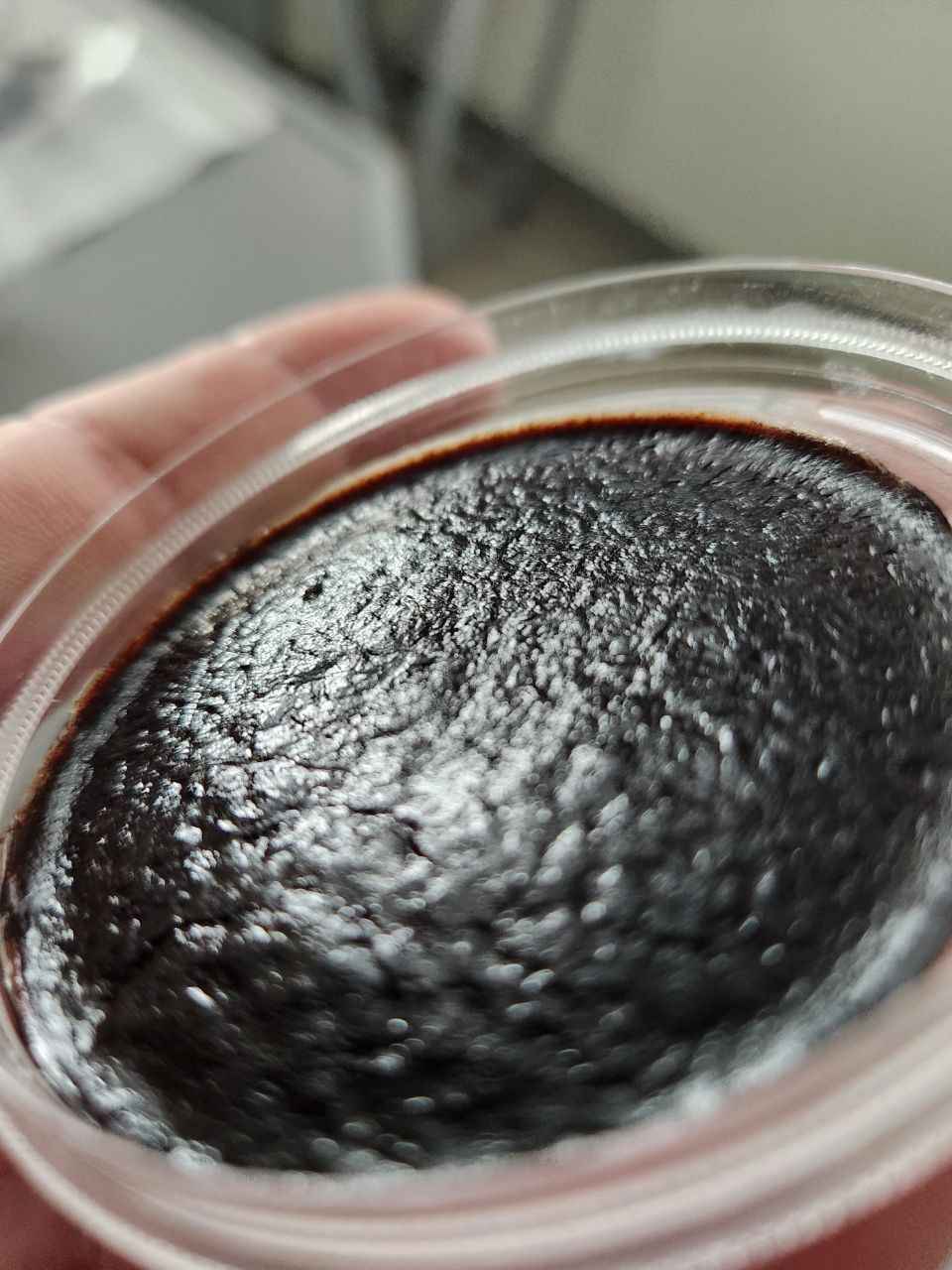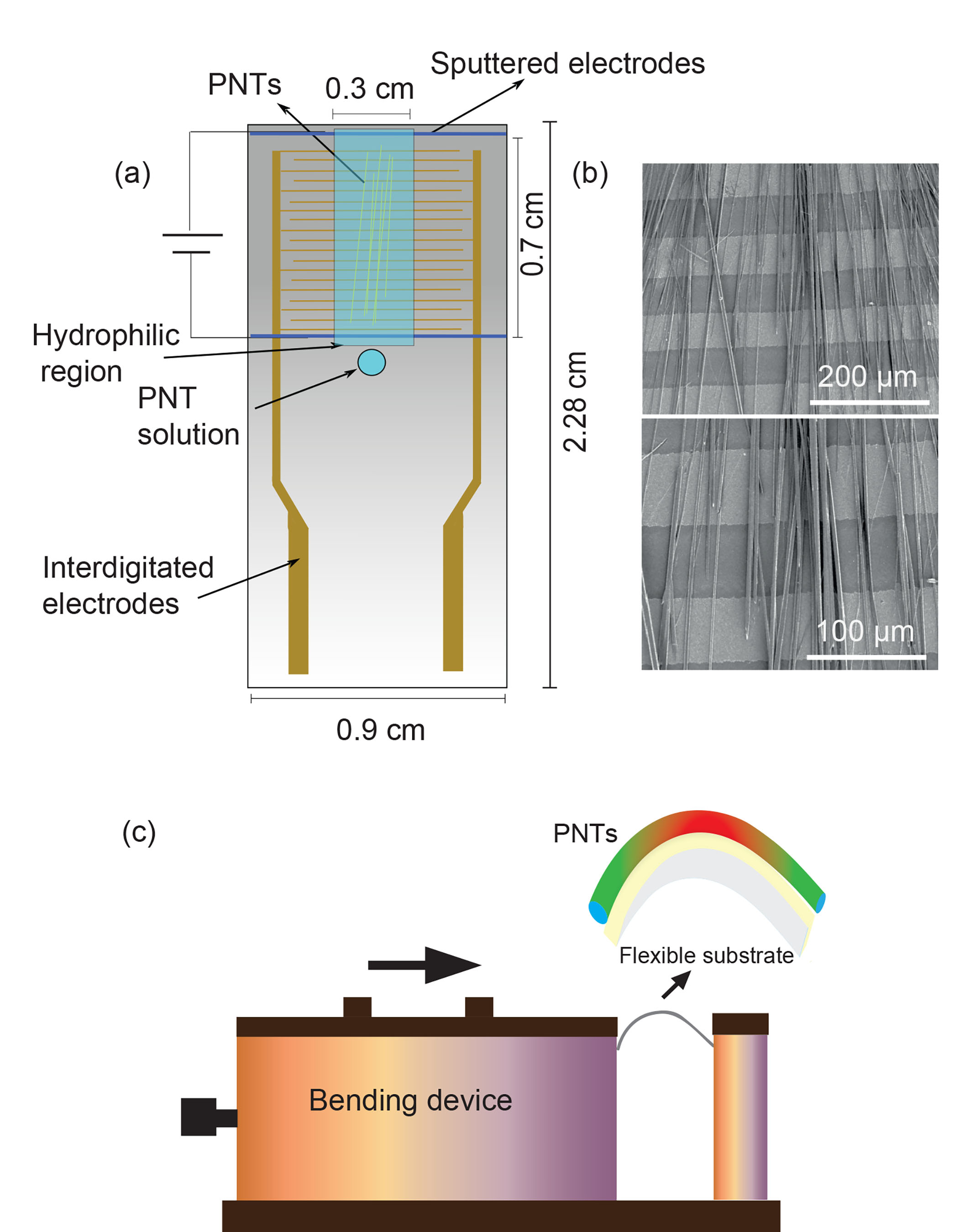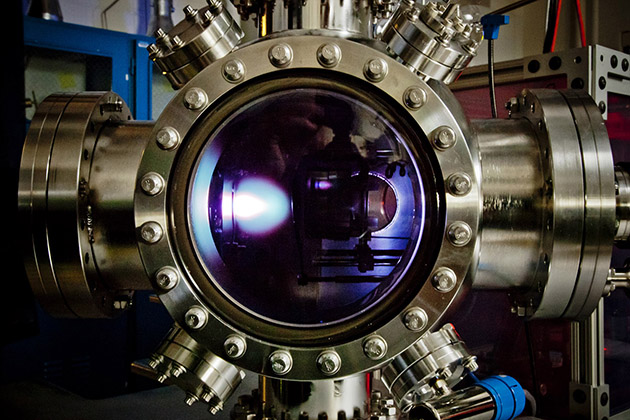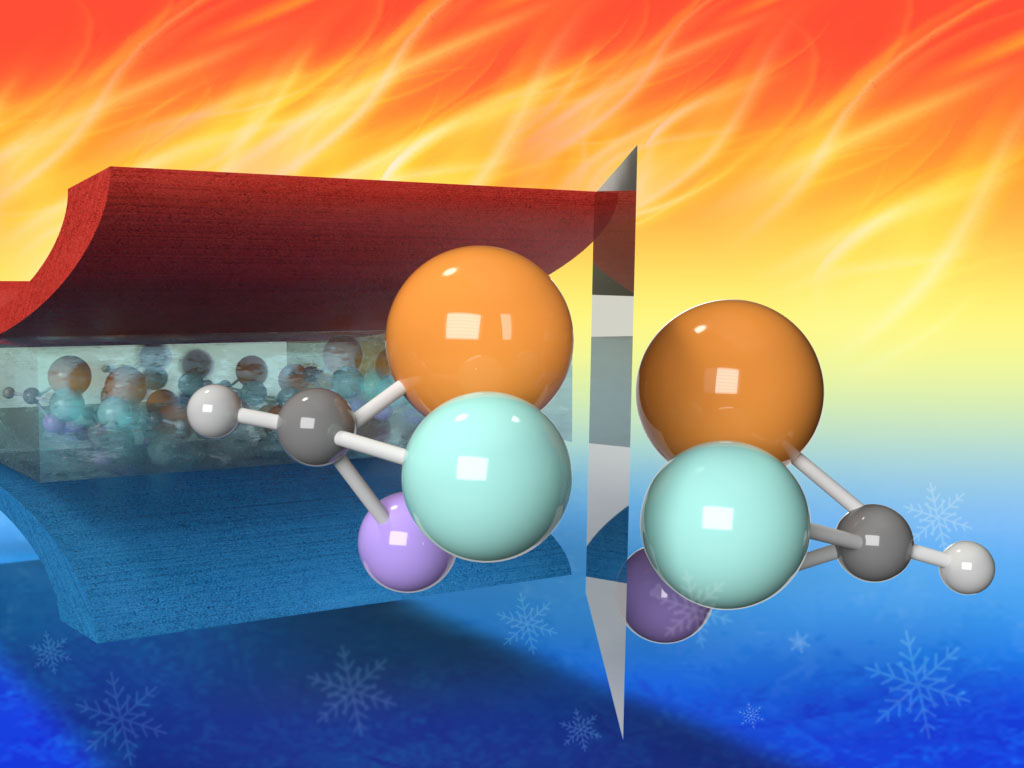Scientists from Immanuel Kant Baltic Federal University found out that polymeric coating enables to improve the structure and properties of magnetoelectric composites, that are used in medicine for drug delivery and also in creation of implants and tissues. Thus, modification with polymer helps equal distribution of composite’s components, and also enhances its piezoelectric properties by 40%.



